beautiful view of the my village Life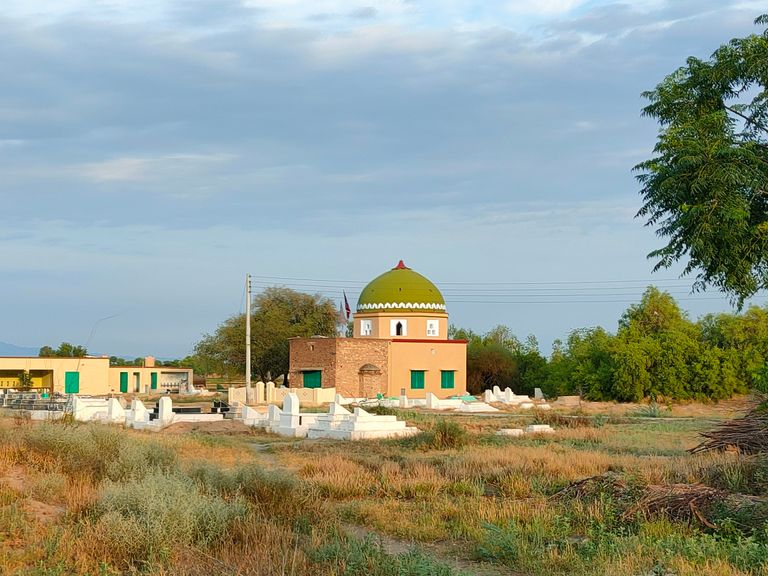
If the four-inch loincloth is not enough, then a thick cloth apron is worn. Summers and winters pass in the same way. If Jeb allowed, he put a turban on his head. Shyness is a characteristic of villages. Women are not less in simplicity. There is a lot of sniping. Happy in rough lehenga.
Do not let the sheet slip from the head. There is shame in the eyes and also the light of innocence. Where are the virgin girls of the city who are not distinguished and where are the communities where even if they get married richly, there is no difference in status. When it came to decoration, henna was applied or Besan was applied to the mouth.
The food is simple but nutritious. Eat to your heart's content. Milk, yogurt, lassi, vegetables, pulses and grains. If they are poor, they are content with dry bread, which they burp after drinking some water and give thanks to God. If the bread is stale, it is a fat booty.
When I got the curry, I did not ask for it, but I ate it with mango pickles and onions. Therefore, life in villages is very simple and fun
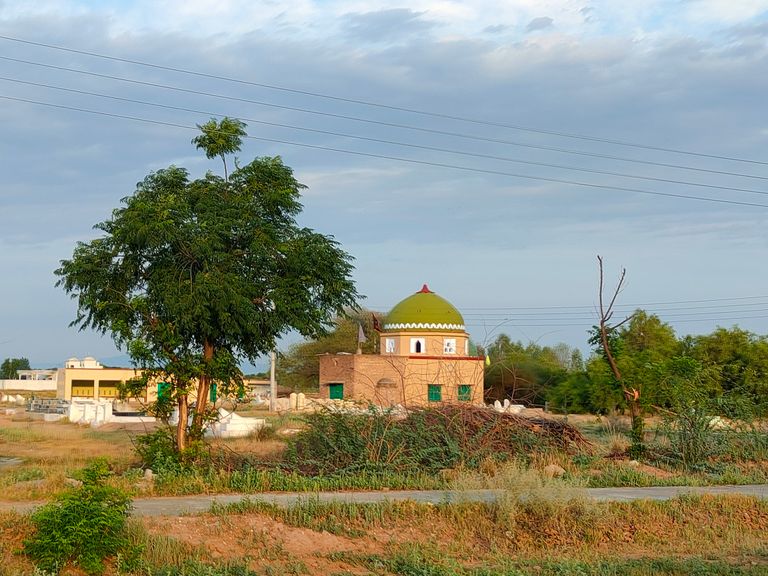
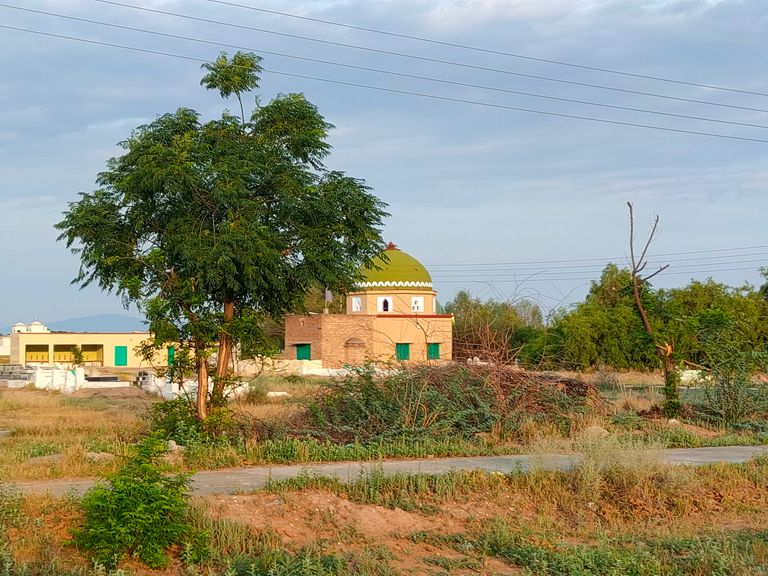

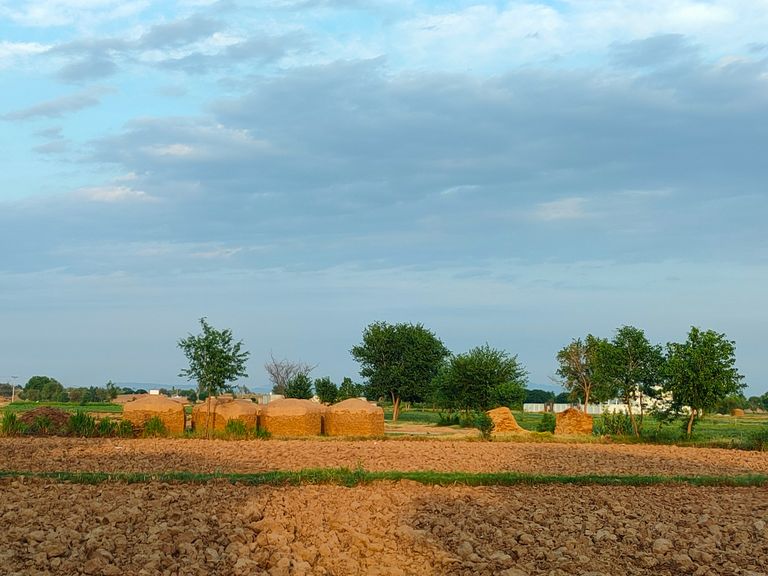
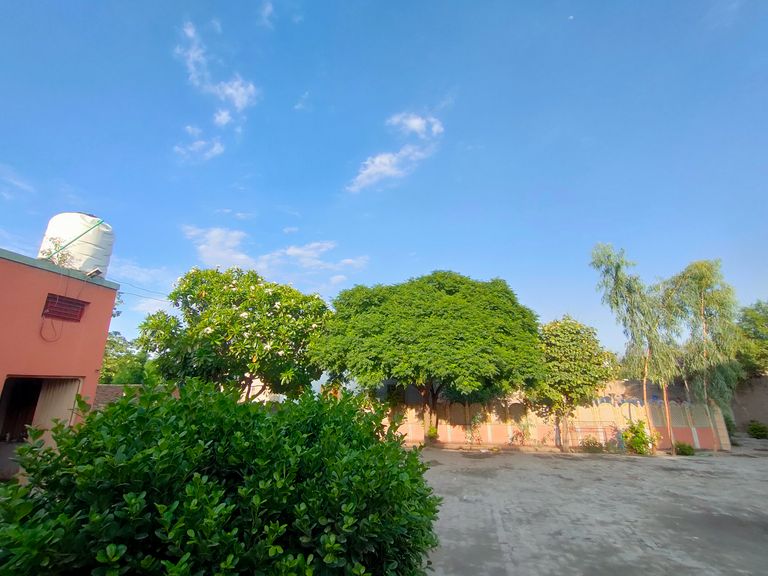
Village life in Pakistan
This time during summer vacation I went to my uncle's village. I had never been there before and I really wanted to see the village life up close. Fortunately, a day before the holidays started, my eldest uncle came to Karachi and I went with him to the village. . I am writing what I saw there in this article, hope you all will like it.
Village people are very simple and straightforward. They live a simple happy and contented life on their own which is totally different from the modern life in our cities. Their houses are different from the houses in big cities. Except for a few houses made of red bricks, all the houses are made of mud. Most of the roads and streets are narrow and unpaved. Villagers generally walk on foot. They do not use motorcars, taxis or buses for short distances. This is why they are fit and energetic.
The market there is not structured like Karachi or Toronto. There are a few shops in the villages and they are also far away. The two artisans needed in the village are the carpenter and the blacksmith. They make and repair the implements of the farmers and do other small jobs.
The other two important persons of the village are a primary school teacher who also performs the duties of village postmaster and the other is the imam of the mosque.
The imam has great influence over the villagers. These people turn to the Imam for moral and religious guidance and for treatment of minor ailments and common ailments of children. Imam Sahib runs a school where he teaches children the Holy Quran for which he does not charge any fee. Children accept small gifts like milk, butter and ghee from their parents as an expression of love and gratitude.
Every village has a gathering place called Otaq where the villagers gather in the evening or during their free time to discuss the weather, crops and village affairs and sing folk songs on the ghagar and tanbura. Just as the village is a gathering place for men, the village women gather at the well.
Villagers usually wake up at dawn. They are not used to sleeping late like the people of the city. Men go to pray in the mosque while women pray at home. Men milk cows and buffaloes and women churn the milk to make butter and lassi. Lassi is their special drink. Nowadays, tea is also used in some houses in the villages
Village life has its own merits, going there for a few days seems very pleasant. Cities have different types of pollution such as air pollution, water pollution and noise pollution. Away from the noise and hectic life of the city, one can enjoy the fresh air and natural scenery all around. You can see the farmers working in the fields from dawn to sunset. You can see them in the hot sun. One can see harvest with a sickle. The life of a farmer is an example of hard work
Sajid Mahmood
Time is such a flowing river that keeps moving forward changing its curves and scenery every moment. Gradually with the passage of time, our culture and ways of living have also changed to a great extent. So how simple and peaceful was the village life of that period compared to today, crude houses, clay pots, shady trees, open courtyards, mustard greens, corn bread and raw onions, tomatoes were an essential part of our daily diet. Fairs were held for the entertainment of the people, while the food of the people was relatively simple but pure and unadulterated, but it had the effect of the sweetness of love and the spice of sincerity, which always smelled like blood pressure and sugar. There was no illusion of diseases, there was often a crowd of relatives, neighbors and neighbors in the courtyard of the house and every now and then some guest, neighbor or neighbor would brighten the house. They seem engrossed in chatting with the guests. The guests come during the day or in the evening. They are allowed to return without eating. In the cold season, mustard greens and corn bread were common in daily life food, but when a guest came to the house. So every family would try to leave no stone unturned in serving the guests with the handi of native chicken and a sweet dish. When a guest comes to the house, the faces of all the family members light up with joy and there is a sense of celebration in the house. In the long, chilly nights, grandmothers and mothers used to wrap their arms in warm blankets and warm their hands on the cotton ring, telling the children stories of ghosts and witches. Groundnut cultivation was common, so sometimes in cold nights, gurki roti was also served with peanuts, while green leaf coffee was preferred over tea. Apart from taking time out, now we have to find opportunities for someone's death or marriage to meet each other. Despite worldly troubles, they used to find time to meet each other by mail. Everyone's sorrows were shared. In every hour of sorrow, true relatives, sympathetic friends, friends, neighbors took care of the household chores, while all the complicated tasks became bigger in the blink of an eye. It used to be done smoothly, but today there are more spectators and less painful faces, and in the past, instead of helping on occasions of happiness and sadness, finding fault in every work has become our daily routine.
On the occasion of marriage or moments of sorrow, the people of the olden days were decorated with the feelings of self-sacrifice and sacrifice. They danced and danced to the beat of the drum. Even in the midst of grief, food was not cooked in the house of the deceased for many days. Rather, relatives, neighbors and friends brought food from home and spent time with the bereaved family for a long time. He used to give encouragement and comfort, but if possible, he used to help the grieving relatives in the form of wheat and other commodities. The elders of that period were free from mental confusion, so as soon as the evening fell, the elders of the village would gather at one place, but in that period, the camps and thadas of the villages were also inhabited. In the summer afternoon, the people would sit in the thick shade of a shady tree in the yard and share each other's sorrows. At night, the elders would gather in one place and listen to the news on the radio, and then talk about local issues and the happenings and current affairs. They used to go through the stages of exchanging various suggestions and useful opinions to solve the problems faced by mutual discussion and repetition.
The wedding season is now the time when friends apply henna on their hands and sing songs of happiness, where they used to sing wedding songs to the sound of claps and drums, but thanks to modern scientific inventions. The era of VCR started, then dish antenna and cable system were introduced, now the latest technology of mobile phone internet has come to the fore, people of the modern world started watching songs, dramas and movies on mobile phones, every person who has a mobile phone. He is in contact with the person sitting in the other corner of the world through social media, but in the first era, the human being was directly addressing each other in the traditional domestic engagement in general and in the days of wheat harvest and threshing in particular, of collectivity and mutual agreement. An eternal sight was seen. Relatives, neighbors and other villagers helped each other to dispose of the crop. On such occasions, there was a great talk of gifts of halwa for the sake of the guests. In this era, special attention was paid to the restriction of time, apart from sectarianism and divisiveness, the people of that era were committed to the Islamic principles and the observance of religious orders was their distinction. The girls used to visit their wives regularly. It was considered as a mercy and reward for the parents on completion of recitation of the Holy Quran by any child or girl, and the people of the neighborhood expressed great joy and happiness and exchanged congratulations. They did not dare to come in front of the elders without covering, while the white cap on the head of the boys was considered a sign of family nobility, shame, modesty, and modesty used to be the ornament of the girls. If the elders gave a decision regarding the family matters, then this decision was strictly followed. And he knew very well the art of deciding mutual problems and disputes on merit. If someone in the village or near relatives fell ill, despite the busyness of the day, he would take care of the patient in the tired night with a lantern and a stick or a sota in his hands. They used to reach the threshold of his house to find out about his health. During this period, there was more closeness than mutual contact, which has now changed from being far away from each other to the length of the distance.
They live in houses made of They usually have two or three rooms that house extended families. Although they now prefer to live in separate houses for each family (nuclear units), they do not live too far from their relatives, and they are expanding their villages by building more houses. Due to geographic and other socio-economic diversity, different regions have slightly different physical and social settings. For example, in Gangrani, Balochistan, people live in mountainside houses connected by walkways. [1] Most villagers are farmers but other rural occupations include blacksmiths, hairdressers and tailors, shepherds. [1]
Rural social organization in Pakistan is marked by kinship and exchange relationships. [2] Socio-economic status among rural Pakistani villagers is often based on ownership of agricultural land, which can also provide social prestige in village cultures. []] The majority of rural Pakistanis' livelihoods are based on livestock rearing, which constitutes a significant portion of Pakistan's gross domestic product. []] Some of the livestock raised by rural Pakistanis include cattle and goats. [5]
With rural urbanization, []] and the introduction of modern technology such as pumps and tube wells for irrigation, traditional village culture can now change due to the impact on village society. []]. []] There is resistance to social and cultural changes among Pakistani villagers, and various ways of managing these changes have been tried.
Not around a public space but around a line. This line can be natural, such as a riverbank or seashore. .
Planned villages are communities that do not develop around a central point. They are defined by city planners, often to avoid land use conflicts that are common in nucleated settlements.
Planned villages are sometimes called "new towns". For example, Tapula, Finland, was planned as an "eco-village" or "garden city" in the 1950s. The nonprofit organizations that planned Tepula were guided by the principles of providing local jobs, including all income levels, and establishing a life in harmony with nature and the natural world.
Villages often function as units of local government. In China and Japan, a village is an official administrative unit. An administrative unit is a single component of government, with its own leadership (like city councils) and services, such as mail delivery.
Villages in the Past:
In the past, rural villagers usually engaged in primary activities such as farming or fishing. In the UK, a "pit village" is a settlement whose main activity is mining. In many developed countries, these basic activities are still the focus of rural village life
Provides basic goods and services to the people of the areas. Thus, some villages function as trading centers. For example, villages around the Syrian city of Damascus have been trading cores for thousands of years.
Many villages were surrounded by thick walls or gates. For example, a tulu is a traditional building among the Hakka people of southern China. These walled, circular buildings are built around a large, open, central courtyard. Tolu itself is up to 800 in most of the villagers.
The Industrial Revolution of the late 18th and early 19th centuries changed village life forever. The Industrial Revolution, defined as the transition from animal-based labor to machines that produce goods, greatly increased productivity. As this happened, countless small villages grew into cities and towns.
In this process, called urbanization, nucleated settlements built around factories, not churches or community centers. The trend started on the island of Great Britain and eventually spread around the world. Hampstead was an English village that expanded rapidly after the opening of rail lines in the 1860s, for example. Today, Hampstead is a major London borough.
Village Life Today:
Agricultural villages remain the most important form of rural settlement in most regions of the world. (However, in much of North America and Australia, the most common form of rural settlement is the isolated farmstead.
Most villages in developed countries are no longer oriented towards primary activities. Cultural changes, globalization and other factors have encouraged residents to seek other occupations, or in some cases, to emigrate. Perhaps the most radical change in village life occurred in Russia during the Soviet era. In the 1920s, Russia was an agrarian nation, with more than 75 million people living in villages. Russia became an increasingly industrialized nation, with the government supporting a manufacturing-based economy that was mostly located in cities. By the end of the Soviet Union in 1989, fewer than 40 million Russians lived in villages.
Some urban dwellers moved to villages and traveled to jobs in larger towns and cities. This phenomenon is called "urban flight" or "suburban colonization". Villages or suburbs not only get bigger but also gain political power. Conflict between village or suburban dwellers and inner-city dwellers over resources and priorities in rural India, or urban areas such as Mexico City, Mexico, often defines political debate in urban areas.
The word "village" is sometimes used to refer to certain neighborhoods within a larger urban area. For example, Greenwich Village in New York City, United States, has enjoyed a reputation as an artistic hotbed for over a century. Today, "The Village" is an upper middle class residential area.